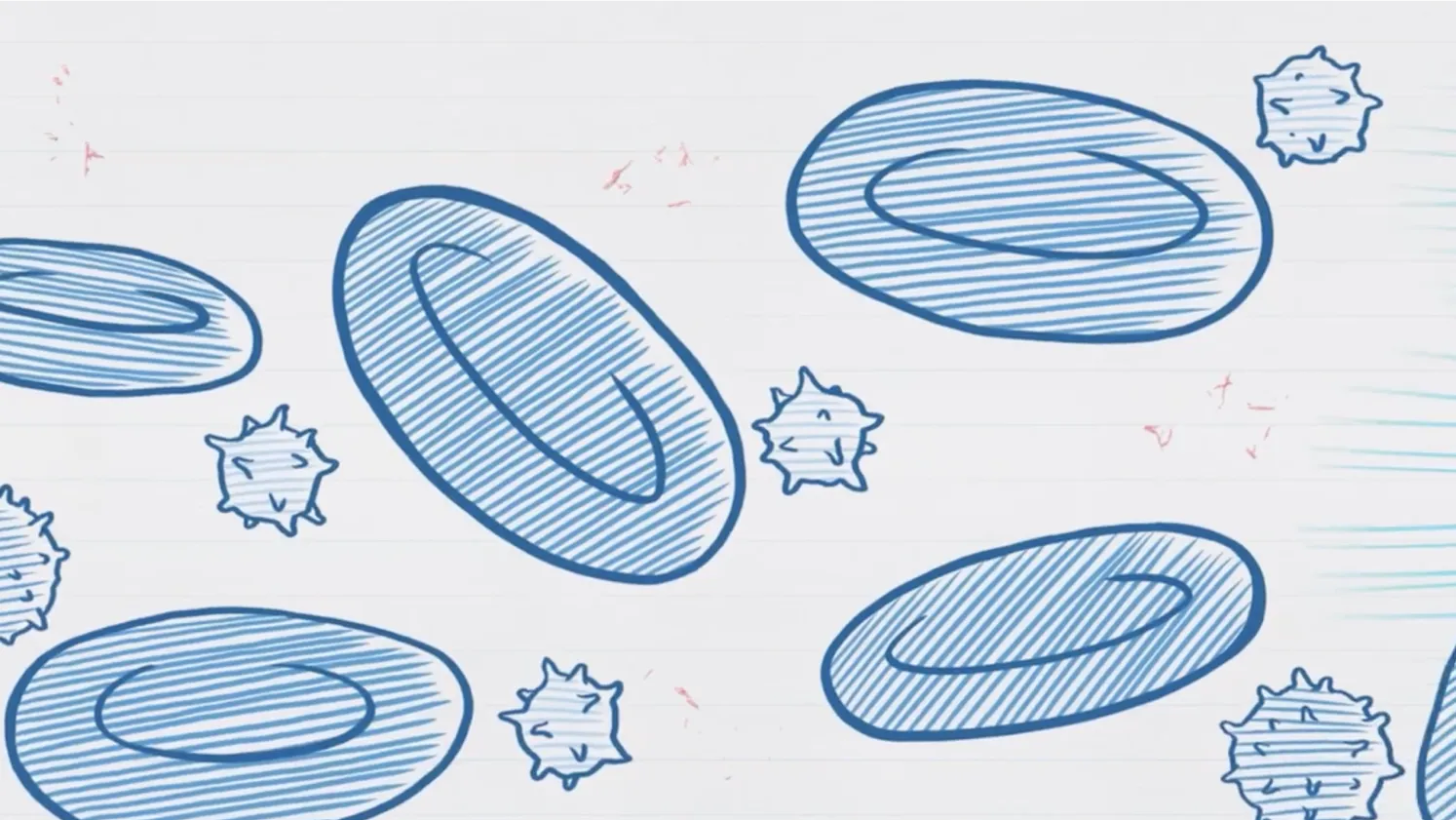
profesional sanitario

HPN y la trombosis
- La hemoglobinuria paroxística nocturna (HPN) es una enfermedad ultrarrara, crónica, progresiva y potencialmente mortal1,2
- Se presenta sin previo aviso, y suele pasar desapercibida con retrasos en el diagnóstico que oscilan entre 1 y más de 10 años3–5
- Durante este tiempo que tardan en recibir el diagnóstico, los pacientes pueden experimentar un amplio abanico de síntomas como la trombosis y daño orgánico, afectando significativamente a su calidad de vida y deteriorando su salud progresivamente3–5
Conoce un avance de la historia de los pacientes a través de este vídeo:


Siento que estoy perdiendo parte de mi vida y decepcionando a mi familia...
no tengo energía suficiente para poder participar en sus actividades*
Cada episodio en la HPN, cuenta la historia de un
paciente
paciente
* Cita ficticia basada en perspectivas de pacientes con HPN.
- La HPN es un trastorno hematológico clonal adquirido y raro que puede aparecer en un contexto de insuficiencia medular6,7
- En la HPN, una mutación somática en el gen PIG-A impide la producción de anclajes GPI de las proteínas reguladoras del complemento CD55 y CD59 en la superficie de los eritrocitos, las plaquetas y los leucocitos6,7
- Además de la HIV,6 la activación incontrolada del complemento provoca la activación de las plaquetas y los leucocitos, causando un estado trombofílico9

- La liberación de la hemoglobina libre y otros componentes, causada por la HIV mediada por el complemento, junto con la activación de las plaquetas y los leucocitos, se asocian con:
CD55, grupo de diferenciación 55; CD59, grupo de diferenciación 59; GPI, glucosilfosfatidilinositol; Hb, hemoglobina; HEV, hemólisis extravascular; HIV, hemólisis intravascular; HPN, hemoglobinuria paroxística nocturnal; LDH, lactato-deshidrogenasa; NO, óxido nítrico.


